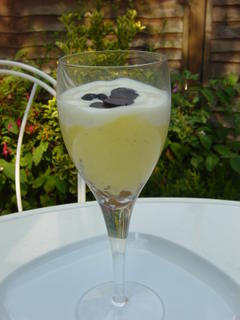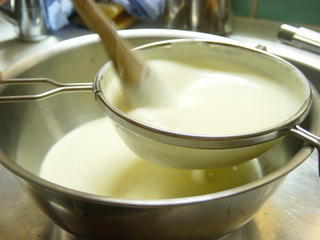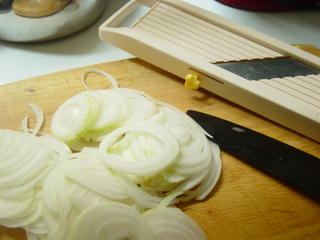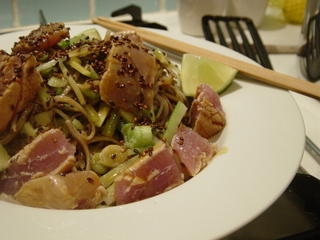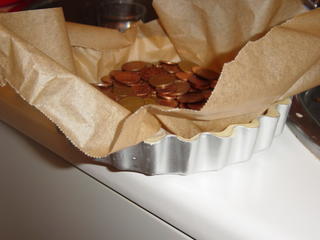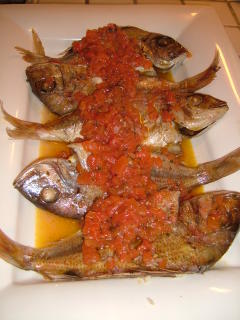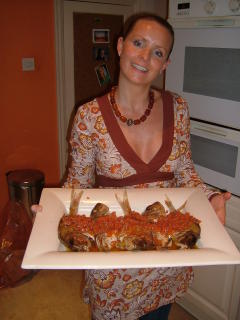
If our tomato and ginger soup could be termed a “classical European soup” (classical being the standard prefix for European food), there is perhaps no better contrast than this spicy tortilla soup from Mexico (spicy being the standard prefix for Mexican food). This is a rough and ready soup; a sieve would get the crap kicked out of it if it came within a ladle’s reach from the pot. I first had it about 5 years ago; it has been a hit with everyone that we’ve made it for, even those guests that protest “I don’t like too much spice in my food…”
1 tbsp corn oil
1 medium onion, chopped
2 cloves of garlic, chopped
4 ripe vine tomatoes, chopped
1 dried ancho chilli, de-seeded
2 ¼ pints stock
30 corn tortilla chips (real tortillas, fried, or bought chips)
2 avocados, peeled, pitted and sliced
110 g feta cheese
110 g crème fraiche
½ bunch coriander, chopped
4 limes, halved
As it is with the best traditional Mexican recipes, you can never find good versions in books. This recipe comes from Blanca's friend Sofia Craxton. It is her family recipe. She has just published "The Mexican Mama's Kitchen"... from a marketing point of view I guess I should strike my previous comment.
Ancho chilli (“wide”) is a broad, flat, heart-shaped dried pod of the poblano chilli (“of the village” and of Puebla in Mexico). These are relatively mild (1,000 to 1,500 Scoville Units or 3 on the Heat Scale). The chilli can be sold fresh, often stuffed with meats and cheese (chilli relleno) or dried for food colouring or sauces, in particular moles.[1]
Soak the chilli in 150 ml pint boiling water for 5 minutes (until soft). Add the soaking water to the stock. Chop the chilli.
Heat the oil in a pan; add the onion, then garlic, chopped tomatoes and chilli. Saute for 5 minutes. Add 2 tbsp of stock; blend all the ingredients. Return to the pan, add the remainder of the stock and simmer for about 20 minutes. Add the chips and simmer until soft. Serve with avocado, feta cheese, crème fraiche, coriander and a squeeze of lime. Add a half of lime to each bowl.
One issue I had with this soup was the amount of cooking and degradation of the nutritional value of the tomatoes. From consulting Cookwise, I was pleasantly surprised to learn that tomatoes degrade very little during cooking. For baking, boiling and stewing 0% of minerals are lost and only 5% of vitamins.
Sources:
[1] Dave DeWitt and Nancy Gerlach “The whole chile pepper book”
